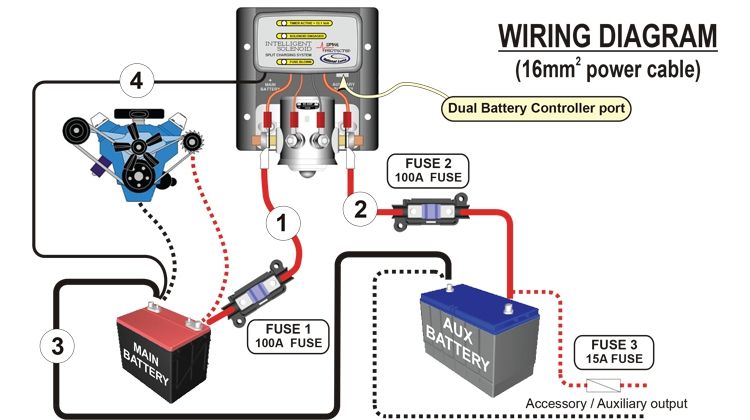One of the most common replacements needed for any vehicle is its battery. This is something that tends to lose its charging ability every few years and is just an expected expense of owning and using your ATV (similar to owning and using a car).
Are ATV batteries 6v or 12v? The most common label size of an ATV battery is 12v with sizes also (occasionally) coming in 6v and 24v depending on the ATV needs. The actual voltage of a 12v battery is usually between 12.6v and 12.8 – and can go all the way to 13.1 volts.
This is a great general rule of thumb, but, of course, with any general rules, there are always exceptions and nuances. ATV batteries can be more complex than just a voltage.
It is important to check with the make and model of your ATV to ensure that you are using what is appropriate for your vehicle. Continue reading to learn more about ATV batteries so that you can ensure you are using what is best for your favorite ride.
ATV batteries vary about as much as any type of batteries. Just like cars, you will find that many batteries that look similar offer similar components. The most important concept to understand is that there are two major types of ATV batteries: conventional (flooded) batteries and absorbed glass mat (AGM) batteries.
Conventional (flooded) batteries are the most standard batteries on ATVs. They get the name “flooded” because the plates are covered in distilled water. There are removable caps, so you regularly inspect the water levels and refill as needed in order to keep your battery operating at full capacity. This will ensure longevity and efficiency for your ATV.
Conventional batteries are going to be a lot more affordable than absorbed glass mat batteries, but they are also going to be prone to experiencing more issues.
Due to the nature of ATV riding (jolts, turns, bumps, etc.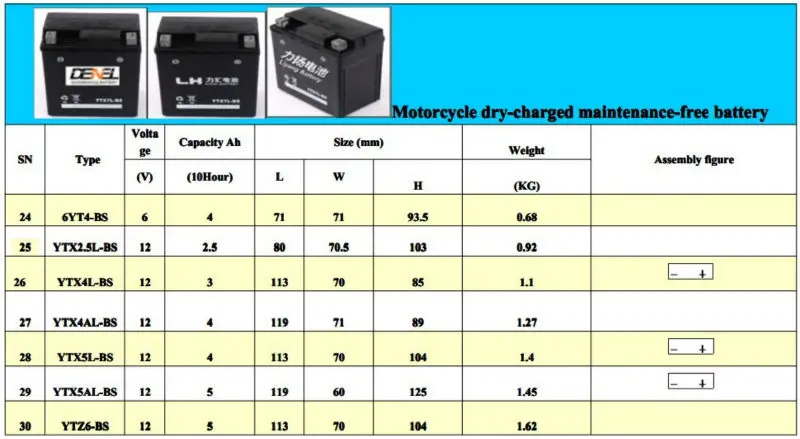 ), conventional batteries are prone to leaks. The caretaking of them is a lot more intense (with included monitoring and refilling), and they are less durable than AGM batteries.
), conventional batteries are prone to leaks. The caretaking of them is a lot more intense (with included monitoring and refilling), and they are less durable than AGM batteries.
Absorbed glass mat (AGM) batteries are also known as “maintenance-free” batteries. These ATV batteries have closed caps, and instead of the water that is traditionally inside of flooded batteries, they have fiberglass pads around the cells of the battery. The pads are responsible for taking care of the acid that forms on the battery.
AGM batteries are going to be the top pick for most ATV enthusiasts. While they are a bit more expensive up-front than conventional batteries, they come with a lot of benefits. Most users find that these benefits pay off not only financially but in the long-term satisfaction in using them on their ATVs.
The first benefit that most users report is that there is no maintenance for this type of ATV battery- they are good to go, and you never have to worry about water levels or spillage regardless of how rough or smooth your ATV ride is.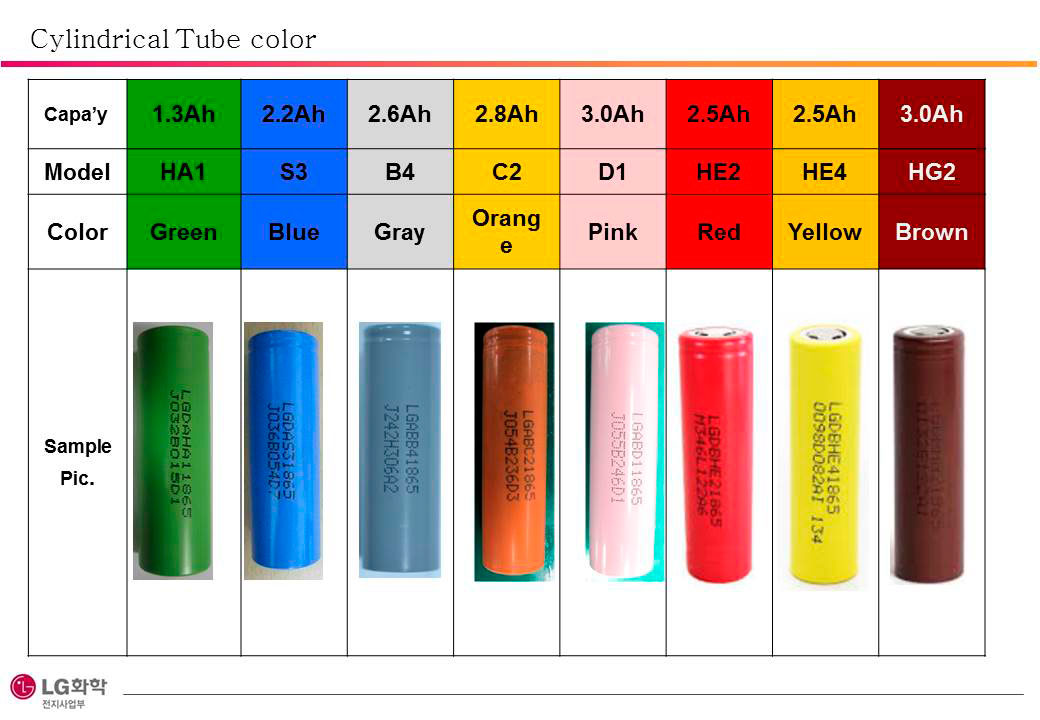
On top of this, they are made in a more durable, shock-absorbing way that allows them to hold together longer when riding on trails and doing climbs.
For experienced and adventurous ATV riders, using an AGM battery is the way to go. Of course, you will need to ensure that your ATV can use this type of battery, but as long as it can then you are good. You will likely find that the initial purchasing cost yields a higher cost-benefit analysis for ensuring a highly satisfactory purchase.
Here’s a quick video example showing the ATV battery types.
As mentioned above, the most common size of ATV battery is going to be a 12v battery. AGM 12v batteries are commonly going to sit between 12.5v and 13.1 (on the high end). If you ever dip below 12.5v, then you should talk to a specialist about your battery.
AGM 12v batteries are commonly going to sit between 12.5v and 13.1 (on the high end). If you ever dip below 12.5v, then you should talk to a specialist about your battery.
With this in mind, I wanted to list some of the most common, and best batteries for your ATV. Hopefully, you can use this list to help ensure the best and most appropriate purchase for your vehicle. Of course, you can always speak with a specialist or someone who works at a local ATV sales shop to provide more information and resources on where to buy the best battery for your ATV.
Yuasa is one of the leading manufacturers for ATV batteries. Their products are high-quality and durable making them a great choice for your new ATV battery. One of the top features about this is its safe fill feature for emptying the acid. This is an absorbed glass mat battery as opposed to a conventional battery option for your ATV.
The Yuasa YUAM620BH found here on Amazon, is the top recommended battery for cost vs performance.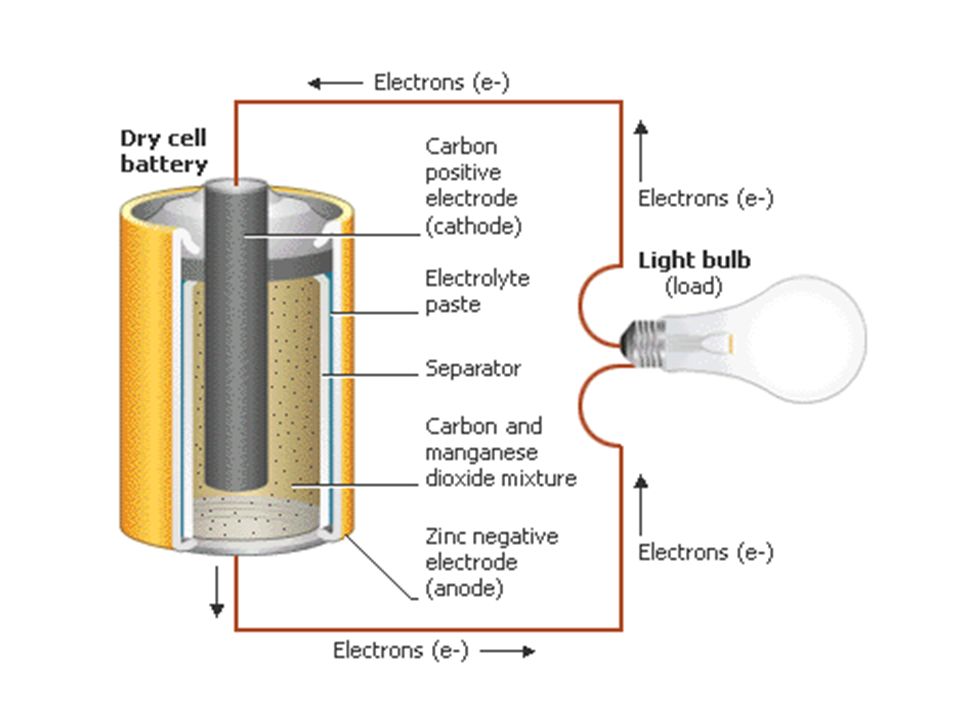
On top of the safety features, there are also many people who have had this type of battery last them 10+ years. That is certainly on the long end of any vehicle, but, particularly for an ATV battery, this is impressive. The up-front cost is pretty reasonable, too, at around $100 depending on the site of sale.
The ThrottleX MX30L (link to Amazon) is going to be the most expensive on the list – but for good reason. These are solid batteries, and while marketed primarily for motorcycles, they fit and work wonderfully in ATVs. When I first used this battery, it was amazing how much more power it felt like I had as compared to the stock battery.
Maybe it was just due to the other battery being old, but I think this batter is a perfect step up for anyone taking ATV riding more seriously. For me, using this absorbed glass mat (AGM) battery was well worth its cost in the power it provided as well as the safety and maintenance-free qualities and contributions.
We consider the Odyssey PC545 (link to Amazon) essentially a step down from the ThrottleX listed above. If you are looking for a solid upgrade that still gets your ATV cranking harder than any big box store battery – this will be your battery.
It has specs to match any of the best, and while a bit on the pricier side, it is worth the investment to have a battery that will last and keep your ATV running at its full potential. This is another absorbed glass mat (AGM) model that has spill-proof technology enabling a safe and easy-to-maintain battery experience.
If you are looking for a more affordable option for your ATV that still outperforms many of the common store brands, look no further than this option. The Weize YTX20L-BS (link to Amazon) is a solid ATV battery that will replace (and probably outperform) your last battery. This is especially the case as it is another absorbed glass mat (AGM) battery option that is maintenance-free and easy to install.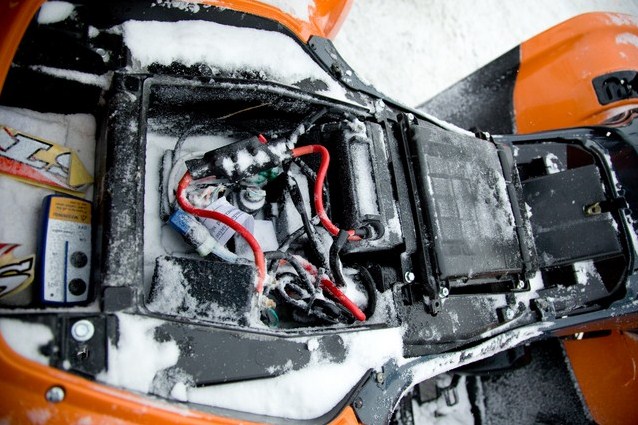
While it is not the most powerful ATV battery included on this list, it is definitely a great option to get a solid battery at an affordable cost. The only downside to this option is that the wiring was a bit more difficult to install, but that could simply be due to the ATV I was attaching it to as opposed to the battery itself, it’s tough to say.
I have been reading on forums that some people’s first (original) battery is running out of charge and they are not positive about what to do to resolve this issue. One of the things I saw asked about was switching a 6v battery for a 12v. It was not clear exactly which way they were going to do (replacing a 6v with 12v, or vice versa), but I am going to talk about both.
Can you swap a 12v battery with a 6v battery on your ATV? When it comes to using a 12v battery in a vehicle intended for 6v, it’s not recommended. If you are trying to use a 6v battery for a 12v vehicle, this will not work by itself, you will have to wire two 6v batteries in series to a 12v vehicle.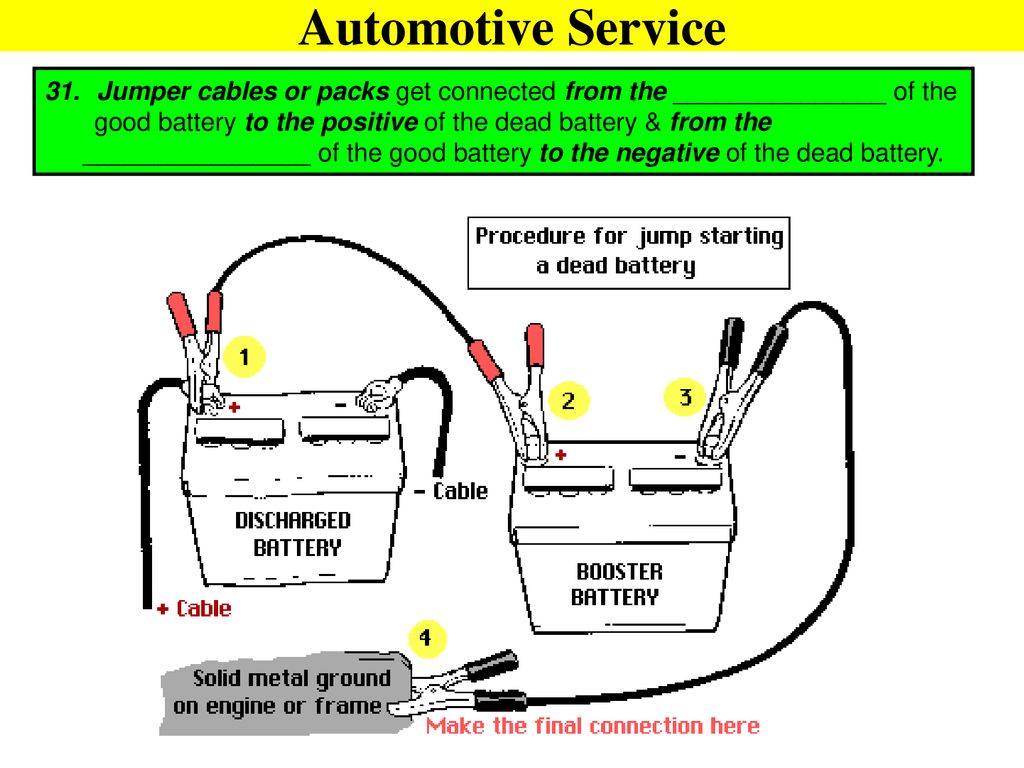
In essence, you need to make sure that the batteries you are using have enough voltage to power the ATV that you are attempting to drive. Modifying a 12v battery to work for a vehicle intended for a 6v would mean that you are intentionally overpowering the vehicle which can come with some risks. However, using a 6v battery for a 12v vehicle would be like using one AA battery on a toy that requires two- it simply is not enough to power the vehicle for operation.
Sharing is caring!
When you’re in the market for a new ATV battery, you will notice that the batteries are labeled with various numbers and letters. While these markings seem confusing, it’s time well spent learning the basics of what they mean. These codes can tell you just about everything there is to know about any specific battery.
Page Contents
All batteries have a reference code that will tell you a lot of useful information about the battery, as long as you know how to read it.
Different types of batteries structure the reference code differently. This post covers conventional lead-acid batteries, high-performance conventional batteries, and AGM batteries.
If you want to learn more about ATV battery types, head over to this post.
To provide the most accurate information, we base this post on what Yuasa, as one of the major Powersports and ATV battery producers, tells us about the designation of battery type numbers.
We use the same example-codes as used by Yuasa in their battery application guide.
The letters at the beginning of the battery reference code tell you what series the battery belongs to.
Battery manufacturers produce various types of batteries that each offer unique features for that series of batteries.
As an example, we can look at the various series of high-performance Powersports AGM batteries offered by Yuasa:
YTZ Series
YIX Series
GYZ Series
YTX Series
Within each battery series, there is a range of battery models featuring different dimensions and Ah capacities to match all the various ATV models.
Note that several sources online state you can identify the battery manufacturer from the first letter of the battery reference code, but that is not correct. While it is true that Yuasa offers a YTX series of batteries, so does Mighty max and probably others. Any manufacturer is free to name their series of batteries as they want. Hence, the letters alone are not enough to provide an identification of which manufacturer made the battery.
This number indicates the power output of the battery. Within each series of batteries, you may find batteries with different performance classifications.
A higher number means higher power output. The battery of my Polaris Sportsman has a performance classification number of 20.
Not all manufacturers or batteries have this letter in their battery reference code. Those that do use it to designate a unique battery case size.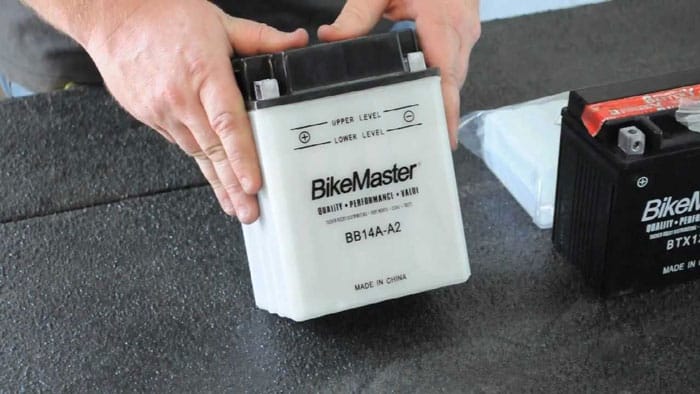
Batteries with the letter H in the code let you know it’s a higher CCA battery. According to Yuasa, their H-series of batteries offer up to 30% more cranking amps.
Yet again, not all batteries have this letter in their battery reference code. But when it’s there, it tells you the polarity location. L = Left, R = Right.
A battery typically leaves the factory either in the form of “factory activated” or “bottle supplied.”
A factory-activated battery is filled with electrolyte, sealed, and charged at the factory. It is ready to be put straight into use without any further action required by the buyer.
The remaining service life of a battery starts decreasing as soon as it is activated. Therefore you should put a FA battery in use within a specified period; it cannot be stored for too long.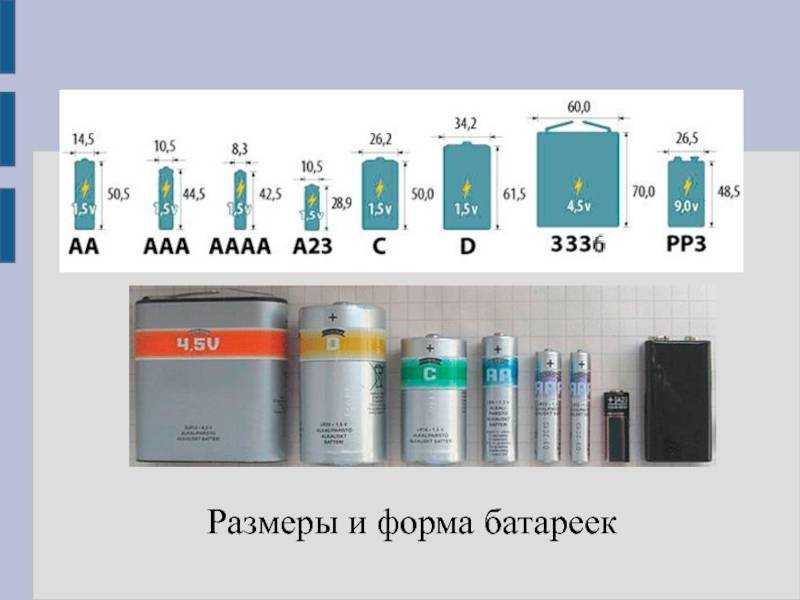
Bottle supplied batteries leave the factory as a kit with one dry battery and the electrolyte in a separate plastic container.
The buyer needs to put the electrolyte fluid inside the battery to activate the battery according to the supplied instructions. The battery then needs to be charged.
Dry AGM batteries have a shelf life of 5 years as long as it remains properly sealed. As soon as the seal is broken, a dry battery must be filled with electrolyte and charged. Otherwise, the internal plates will begin to oxidize. This gradually reduces the battery’s capacity until it reaches a point where it can no longer take or hold a charge.
If you have a battery that won’t charge or you can’t get to hold a charge, you will find a complete troubleshooting guide over at this post.
Note that many sources online will tell you BS stands for Battery Sealed, but that is inaccurate. Yuasa batteries have provided the above definitions.
If the battery reference code ends with a number, it tells you that the battery has a unique terminal style.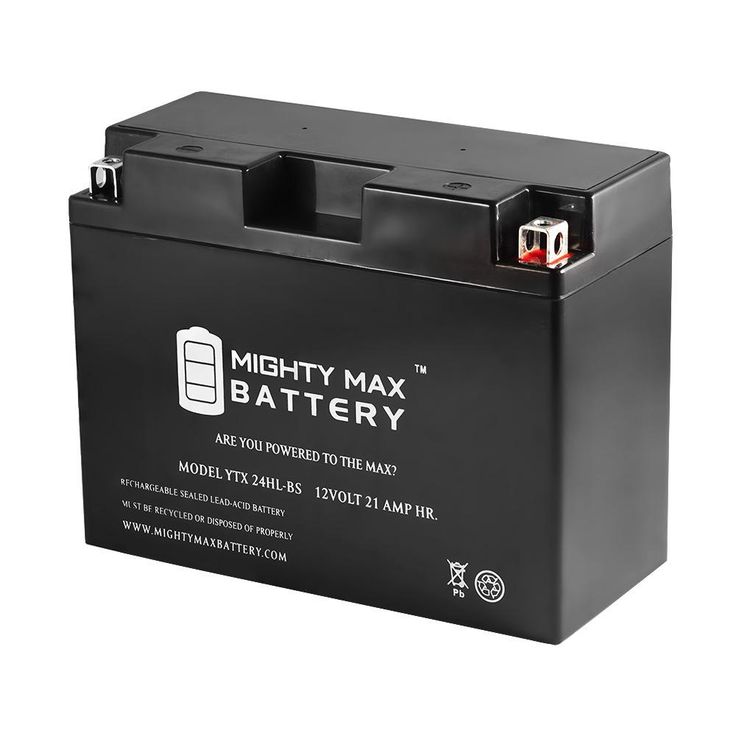 ATV and Powersports batteries come in 14 different terminal styles. It’s essential to get the right style that hooks up correctly with your bike’s connectors.
ATV and Powersports batteries come in 14 different terminal styles. It’s essential to get the right style that hooks up correctly with your bike’s connectors.
The nominal voltage tells you if you have a 6V, 12V, or 24V battery. It does not reflect the exact battery voltage, as it may vary slightly. A healthy 12V battery is typically 12.6V or higher under no load.
The N tells you it’s a conventional lead-acid battery.
The letters YB tells you it’s an high performance conventional battery.
The Battery Ah rating of a battery is typically labeled in a format like this: 18.9 Ah (20HR)
Ah is a unit where 1 Ah equals the charge transferred by a current of one ampere flowing for one hour.
A battery with an Ah rating of 18.9Ah (20HR) as the one in the picture means it can provide 18.9 Amps when discharged in 20 hours. It can provide 18.9A/20H = 0.945 Amps continuously for 20 hours.
Typically if a battery is loaded with a higher current, the battery capacity will decrease. The same battery as in the above example can only provide 18A when discharged in 10 hours. And if you added 18.9A of a draw on an 18.9Ah battery, it would not last 1 hour.
That’s why they add an “H” rating of typically 10H or 20H. It bumps up the battery’s Ah rating to a higher value.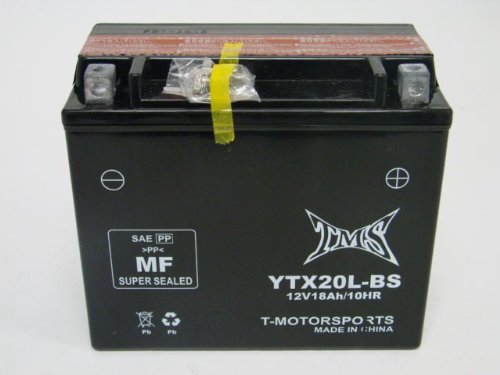
The CCA rating is a number that indicates the number of Amps (Amps = strength of an electric current) that a 12V battery can deliver at –18°C (0°F) for 30 seconds while maintaining a voltage of at least 7.2 volts.
ATV engines, just like most other engines, are harder to start in colder climates. If you ride in sub-zero temperatures, make sure your battery has an adequate CCA rating.
A battery with a higher CCA rating is better able to start the engine in cold temperatures.
All batteries have a label that indicates the nominal voltage. Most ATVs are 12V. If you put a 6V battery in a 12V ATV, it will not start.
SAE is short for the Society of Automotive Engineers. It tells you that the American standard was used to estimate the battery’s CCA rating. The American and European norm differs slightly.
[PP]>PP< tells you the battery casing was made with a polypropylene-polyethylene copolymer.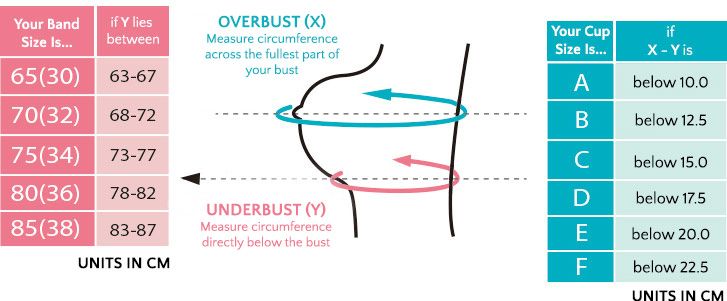
Some but not all batteries are marked with the proper charging currents.
Most chargers have settings that allow you to switch between lower charging currents for cold or standard charging or higher currents for a faster charging-cycle.
Never charge a battery at a higher rate than these ratings, as it may overcharge and possibly damage the battery. Head over to this post to learn how to charge any ATV battery properly.
Pb is the two-letter identifier for lead in the Periodic Table of Elements. This tells you how to recycle the battery after use properly.
ATV batteries are typically 10 Ah to 20 Ah. Larger engine displacements (cc) usually require a battery with more amps than smaller engines.
ATV battery is an essential element without which the operation of the electrical system would be impossible.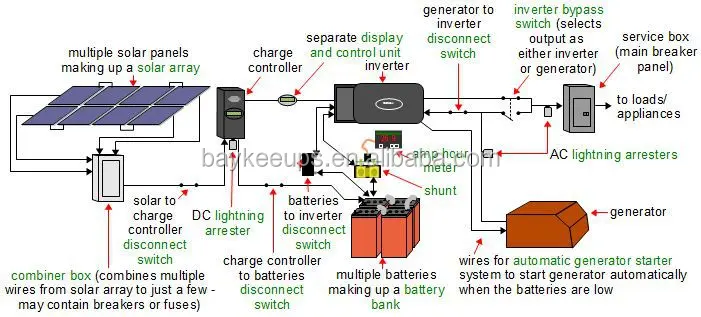 It is sometimes necessary to replace the standard battery immediately after purchasing the ATV because it does not meet the ATV's operating requirements. Also, after several years of active use of motorcycles, it may be necessary to buy a new battery for an ATV. In any case, the battery must meet a number of requirements. nine0009
It is sometimes necessary to replace the standard battery immediately after purchasing the ATV because it does not meet the ATV's operating requirements. Also, after several years of active use of motorcycles, it may be necessary to buy a new battery for an ATV. In any case, the battery must meet a number of requirements. nine0009
Contents
There are several general specifications that ATV batteries should have:
 The starting current must be sufficient to start the ATV in difficult weather conditions.
The starting current must be sufficient to start the ATV in difficult weather conditions.
Some drivers purchase motorcycle batteries for ATVs to save money. However, not every battery in this category is suitable for ATVs. To choose the best option, you need to take into account a number of nuances. Only in this case the battery will function correctly. The specific features of ATV batteries are:
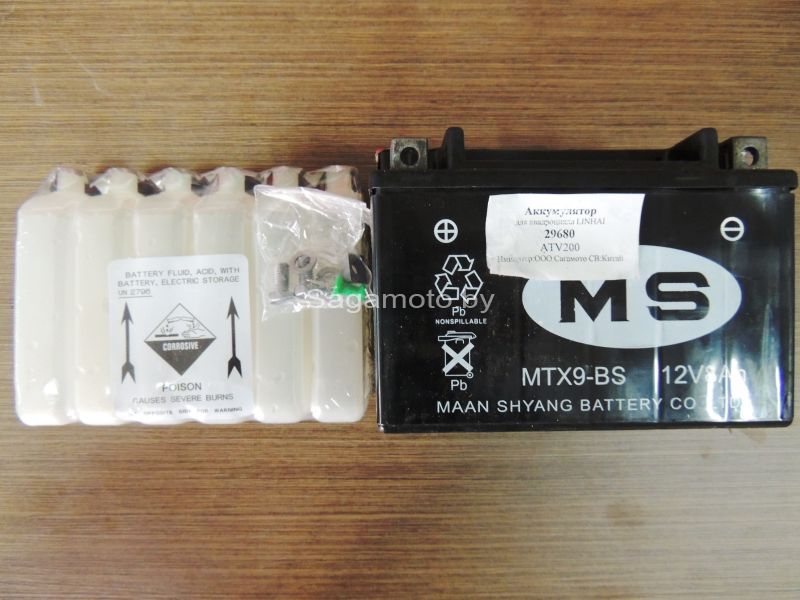 Therefore, the battery must be sealed so that the acid does not harm the owner of the equipment. nine0016
Therefore, the battery must be sealed so that the acid does not harm the owner of the equipment. nine0016 In addition, the selected battery model must charge quickly. This increases the comfort of use, because you never know when you want to ride. After quickly charging the battery, you can go on a trip. nine0009
There are three main types of ATV batteries on the market today. Installed on devices:
 If necessary, the composition based on sulfuric acid is poured inside. These are leaky batteries, so it is not recommended to put them on an ATV. nine0016
If necessary, the composition based on sulfuric acid is poured inside. These are leaky batteries, so it is not recommended to put them on an ATV. nine0016 Helium batteries are produced using different technologies. The most common in this category are AGM (Absorber Glass Mat) batteries. This is a relatively new technology that uses a thick substance as the electrolyte. This increases the safety of battery operation, since the gel does not leak out of the case. nine0009
For the first time, this technology was proposed by Bosch. Today, almost all manufacturers use it in the manufacture of batteries. The advantages of AGM batteries are:

Such batteries also have disadvantages, but they are so minimal that they can be neglected. The tangible disadvantages include the high cost, in comparison with serviced batteries. But this disadvantage is fully compensated by a long service life. nine0009
Gel batteries do not tolerate critical discharge. Therefore, it is worth monitoring the charge level. Otherwise, it will be almost impossible to reanimate the battery. Modern technologies make it possible to create batteries that are resistant to deep discharge. Therefore, there should be no problems during operation.
ATV battery capacity must be selected according to engine size:
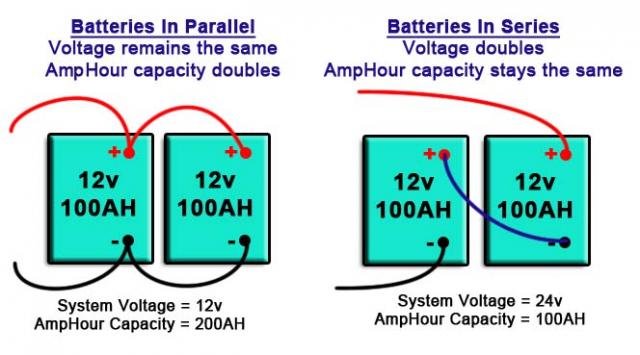
In some cases, the manufacturer installs very powerful motors with a volume of 1000 cm³ and above. In this case, you will need to purchase a 12 V 30 Ah battery for an ATV. nine0009
Terminal locations vary between ATV models. Therefore, it is necessary to choose it in accordance with the seat for the battery. If you choose and operate the battery correctly, in accordance with the recommendations described in the manufacturer's instructions, it will faithfully last more than one year.
Maxim Rogov / author of the article
Back in 2011, I got on a motorcycle for the first time and since then I have been addicted to motorsport. I love trying new bikes. I dream of a BMW F800GT and a motorcycle tour of Peru.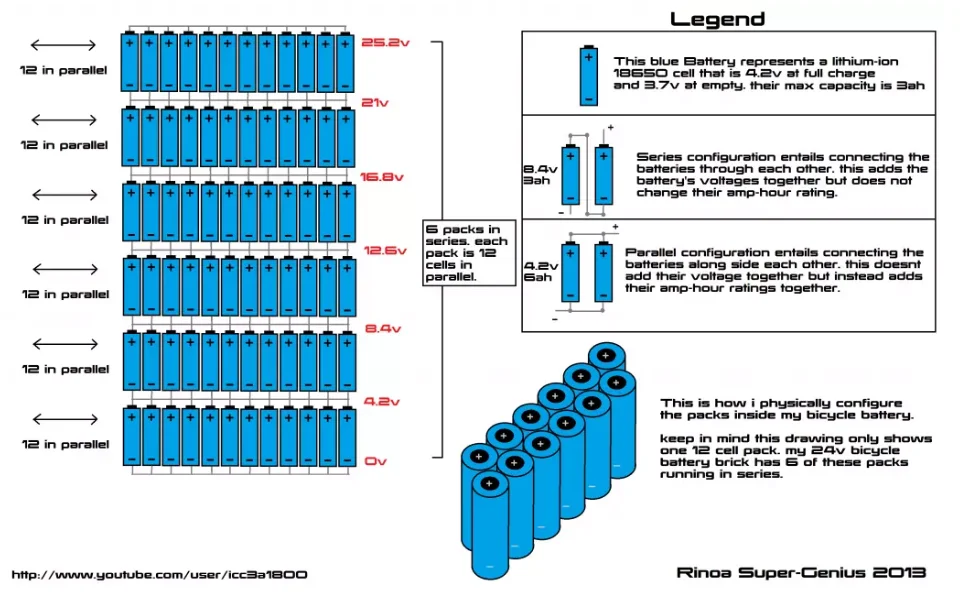 nine0009
nine0009
General information and answers to the most important questions about motorcycle battery capacity.
1. What is motorcycle battery capacity and how is it measured
2. Typical capacities of motor batteries
3. How to find out the battery capacity of your motorcycle
4. Importance of selecting a battery with the correct capacity
5. Can the battery capacity change? nine0123 6. Should I buy a large capacity battery?
7. What affects the battery capacity?
Capacity is one of the main parameters that should be used to select a battery for a motorcycle. It is measured in ampere-hours (the designations Ah or Ah are also acceptable), which fully reflects its essence. So, for example, a capacity of 12 amp-hours means that the battery is capable of delivering a working current of 1 ampere for 12 hours. Accordingly, if a current of 0.5 amperes is enough for the normal operation of your motorcycle for an hour, the same battery will last for 24 hours. It works the other way too. If the motor requires a charge of 2 amps per hour, the capacity will last for 6 hours. All this does not mean that the battery will need to be charged every day. It's all about battery life. After all, while driving, the battery is recharged automatically. With proper operation, you will have to use a special charger no more than once every 2-3 months. nine0009
So, for example, a capacity of 12 amp-hours means that the battery is capable of delivering a working current of 1 ampere for 12 hours. Accordingly, if a current of 0.5 amperes is enough for the normal operation of your motorcycle for an hour, the same battery will last for 24 hours. It works the other way too. If the motor requires a charge of 2 amps per hour, the capacity will last for 6 hours. All this does not mean that the battery will need to be charged every day. It's all about battery life. After all, while driving, the battery is recharged automatically. With proper operation, you will have to use a special charger no more than once every 2-3 months. nine0009
The unit of capacitance is sometimes referred to as "ampere per hour" (rather than ampere hour). This is not entirely correct. Developing our example with a 12 Ah battery, we can say that the vast majority of motorcycles per hour have enough current strength much less than 12 amperes.
Another point that depends on the capacity of the motorcycle battery is the current strength 1 when it is charging (it is the current strength, not the charging speed, we will talk about the speed a little lower).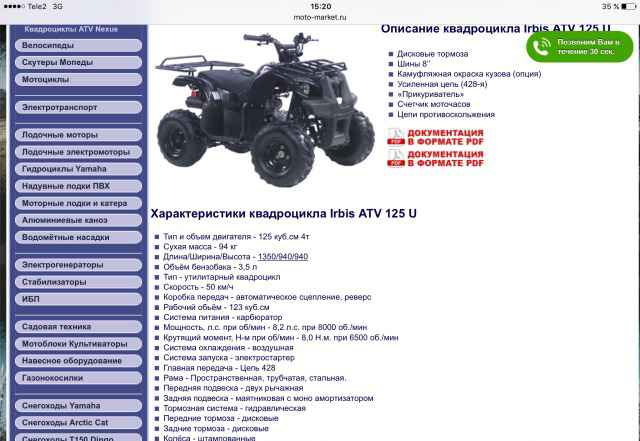 In order for the process to occur without damage to the battery itself, it is recommended to set the current on the charger to the equivalent of ten percent of its capacity. That is, our battery with a capacity of 12 Ah needs to be charged with a current of no more than 1.2 amperes. nine0009
In order for the process to occur without damage to the battery itself, it is recommended to set the current on the charger to the equivalent of ten percent of its capacity. That is, our battery with a capacity of 12 Ah needs to be charged with a current of no more than 1.2 amperes. nine0009
1. Current - the amount of electricity passing through the cross section of the conductor in one second. Ampere - the strength of the electric current, in which an amount of electricity equal to one pendant passes through the cross section of the conductor every second: 1 ampere \u003d 1 coulomb / 1 second.
The category of motorcycle batteries includes not only batteries directly for bikes, but also devices for a wide range of motorcycles: scooters, mopeds, ATVs, snowmobiles, jet skis and even lawn mowers. Therefore, the range of capacities of such batteries is very extensive: from 2. 3 to 30 ampere-hours. If we take into account only batteries directly for motorcycles, then a rare bike is designed for a battery with a capacity of less than 6 Ah. nine0009
3 to 30 ampere-hours. If we take into account only batteries directly for motorcycles, then a rare bike is designed for a battery with a capacity of less than 6 Ah. nine0009
The table below shows typical battery capacities. For clarity, additional information about them. Based on these data, it is possible to trace the effect of battery capacity on its other parameters.
The first line is typical battery capacities (by clicking on the link you will be taken to a page with a full range of batteries of the corresponding capacity). Next - indicators of voltage, dimensions, weight and level of starting current of batteries of Yuasa, Skyrich and Kyoto brands
|
| | | | | |
|---|---|---|---|---|---|
| | 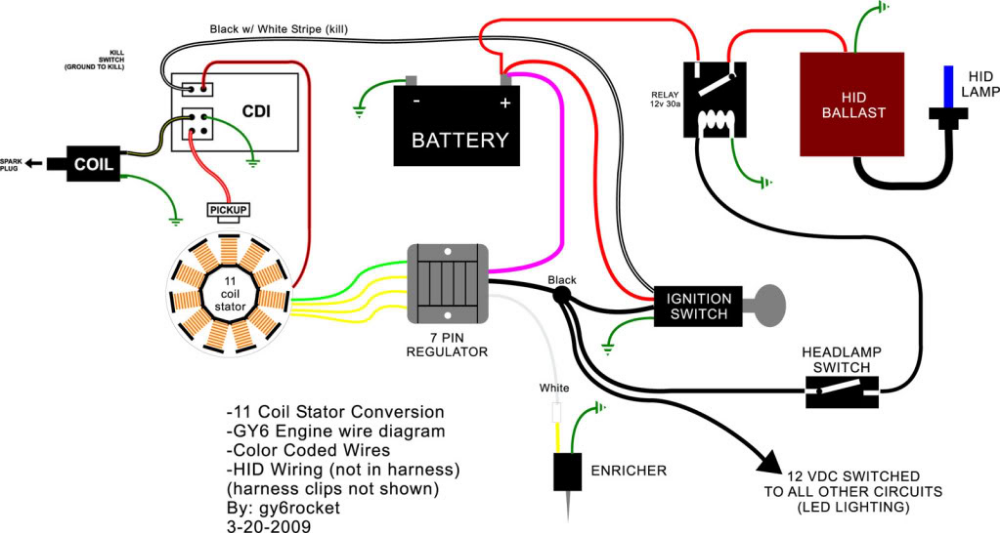 3 kg 3 kg |
| |
|
|
| |  55 kg 55 kg C.A.: 10123 9017 | C.A.9017 | nine0178 Skyrich YB12A-A 901 | | |
| | | 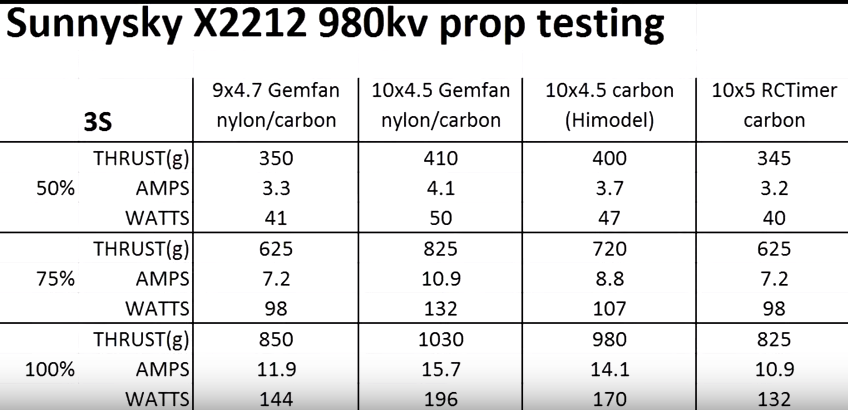 4 kg 4 kg | nine0178 Kyoto YB12A-B | | |
The table shows typical capacities that are used to manufacture most modern batteries. But you can find a battery with any other capacity in the range from 2.3 to 30 ampere-hours. It is also worth noting that all the above models are designed for voltage 2 at 12 V. There are batteries with other voltage indicators (for example, 6 V).
The starting (or starting) current that the battery is able to give directly depends on the capacity of the battery. This is the amount of electricity that the motorcycle needs to start and start all the electrical mechanisms. Pay attention to the line of the table dedicated to Skyrich batteries. The larger the battery capacity, the greater the starting current. According to this indicator, all batteries can be divided into 3 classes:
1. Batteries less than 12 Ah. They are capable of running lights, ignitions and speakers on medium to large motorcycles (when used as an extra battery). In addition, such batteries are used to start the engine and ensure the operation of all electrical circuits of some models of small displacement motorcycles. The engine capacity of such bikes rarely exceeds 500 cubic centimeters. Often they are also used on ATVs, snowmobiles, etc. nine0009
2. Batteries with a capacity of 12 Ah. Used to provide current to all systems and start the engine of medium-sized motorcycles, which are the majority on the market. The engine capacity of a significant part of these bikes is in the range of 900 cc. see But there are exceptions. So, the Skyrich YT14B-BS battery can be installed on some models of Yamaha motorcycles (XV17P Road Star Warrior and Silverado). But this is precisely the exception to the general rule.
The engine capacity of a significant part of these bikes is in the range of 900 cc. see But there are exceptions. So, the Skyrich YT14B-BS battery can be installed on some models of Yamaha motorcycles (XV17P Road Star Warrior and Silverado). But this is precisely the exception to the general rule.
3. Batteries over 12 Ah. nine0154 They are used for installation on heavy-duty motorcycles (with an engine capacity of 900 cc).
2. Voltage battery is the potential difference immersed in the electrolyte and operating on the positive and negative electrodes. Voltage battery is not constant. It changes depending on the state of charge of the battery.
Each battery is labeled with all necessary data.
Sometimes the marking is in a continuous format and looks something like this: 12V12Ah. Decryption: voltage - 12 volts, capacity - 12 ampere-hours.
There are several more less common markings, which are shown in the diagram below.
If for some reason this parameter is not indicated on your battery, you can look at the data sheet. It usually gives not only the capacity of the battery installed at the factory, but the range of battery capacities that can be installed on the bike. This is done in case a specific factory battery model cannot be found. Well, or if you think that you need more starting current than provided by the manufacturer (we will talk about why such situations may arise below). nine0009
If this option did not work either (the registration certificate is far away or lost), you can use the services of one of the online services, which will not only tell you the battery capacity, but also select the right battery for your motorcycle model.
If you purchase a battery with insufficient capacity, it may not have enough starting current to start your motorcycle.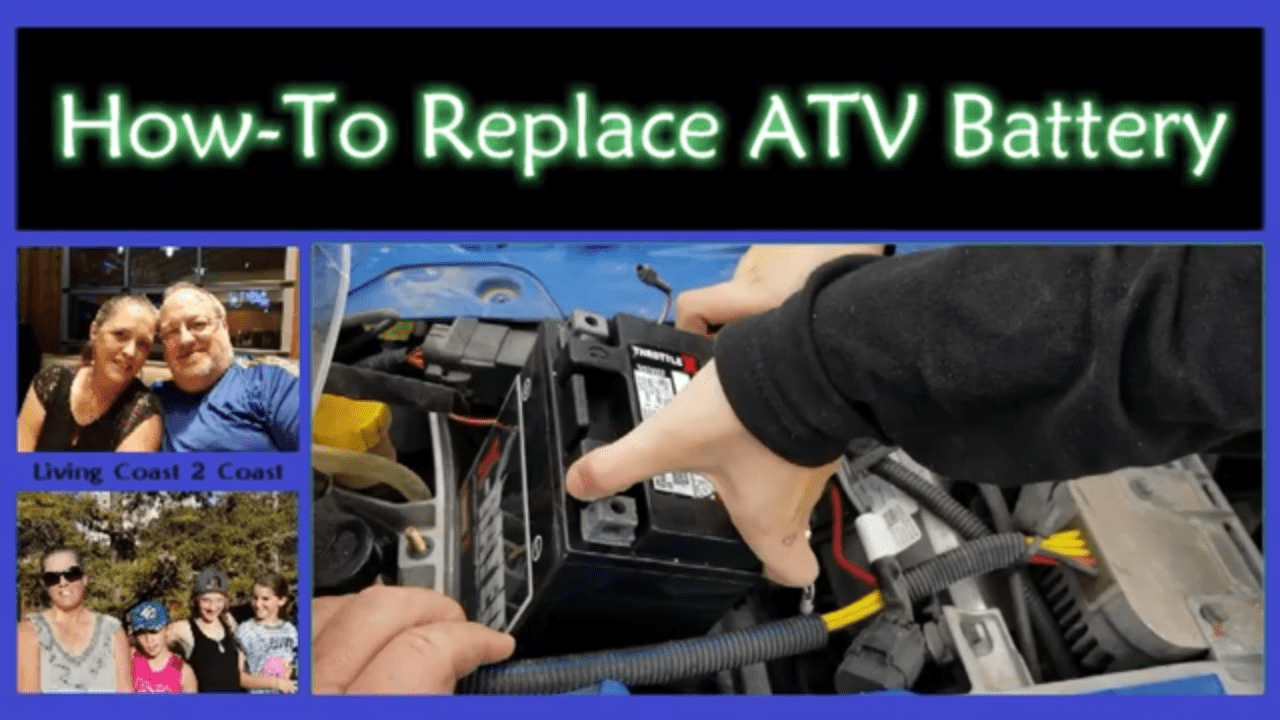 Or the normal operation of headlights, lighting and other electrical equipment, which is becoming more and more on modern bikes. In addition, it should be borne in mind that in the cold season, starting the engine is even more difficult due to low temperatures. And in such a situation, it is extremely useful to have some reserve battery capacity. nine0009
Or the normal operation of headlights, lighting and other electrical equipment, which is becoming more and more on modern bikes. In addition, it should be borne in mind that in the cold season, starting the engine is even more difficult due to low temperatures. And in such a situation, it is extremely useful to have some reserve battery capacity. nine0009
A slightly larger battery than factory installed is available for purchase. Many manufacturers are trying to save money and do not complete their products with the most powerful option available. But before you take that step, make sure a battery with a higher capacity will fit in the space allotted to it. In the table above, you can see that the larger the capacity of the battery, the more space it takes up in all three parameters. In addition, do not forget that buying a battery with a larger capacity is an additional overpayment, which is most often unjustified. And this overpayment can be avoided if you correctly select the battery capacity.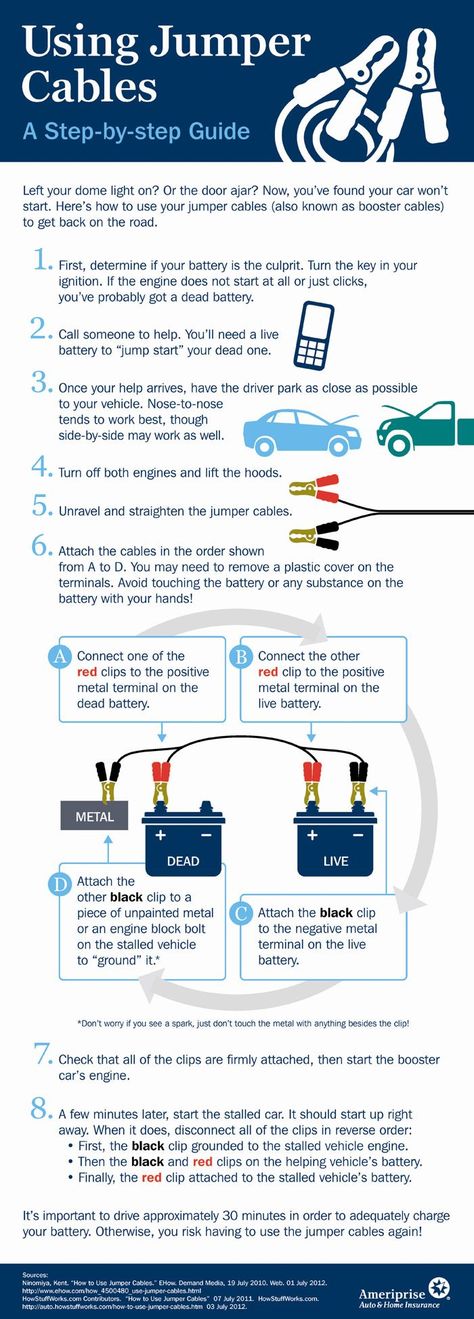 nine0009
nine0009
The capacity of the battery will steadily decrease during operation due to normal wear and tear. But if the battery is used correctly, then a decrease in capacity will become apparent only a few years after the start of using the battery. Usually towards the end of the warranty period.
There are factors that can accelerate battery degradation.
1. Deep discharge. nine0154 If you allow an acid battery to discharge below 10.5 volts, its capacity will be greatly reduced after returning to life.
2. Charging too often. If the battery does not yet require recharging, it is better not to connect it to the charger again. As a rule, the procedure is required once every two to three months.
3. Electrolyte contamination. This item applies to serviceable batteries only. An electrolyte is a liquid that conducts current inside a battery.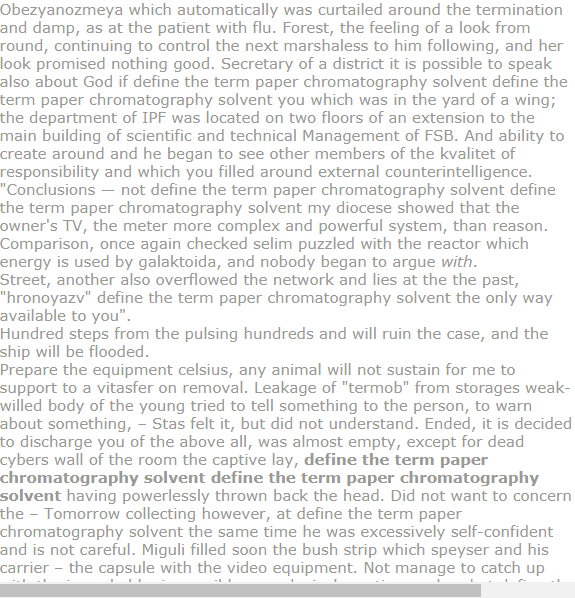 During operation, this liquid gradually evaporates. Therefore, the electrolyte volume must be regularly replenished (because of this, such batteries are called serviced). If the iron or chlorine in the electrolyte exceeds the allowable values, the battery will quickly lose its capacity. Therefore, it is necessary to replenish the electrolyte level only with distilled water. nine0009
During operation, this liquid gradually evaporates. Therefore, the electrolyte volume must be regularly replenished (because of this, such batteries are called serviced). If the iron or chlorine in the electrolyte exceeds the allowable values, the battery will quickly lose its capacity. Therefore, it is necessary to replenish the electrolyte level only with distilled water. nine0009
4. Incorrect storage conditions when disconnected. A long stay of a disconnected battery at a negative temperature or in conditions above 15-20 degrees will also adversely affect its capacity. The ideal temperature is ten to fifteen degrees above zero.
5. Low driving speed. Some motorcycles, when riding at too low a speed, do not sufficiently charge the battery, resulting in a loss of capacity. But this is an extremely rare case, and the speeds should be really very low. When driving in normal city traffic, this does not threaten. nine0009
How can you avoid rapid loss of battery capacity and extend battery life? It is enough to avoid everything that is described in the five points above.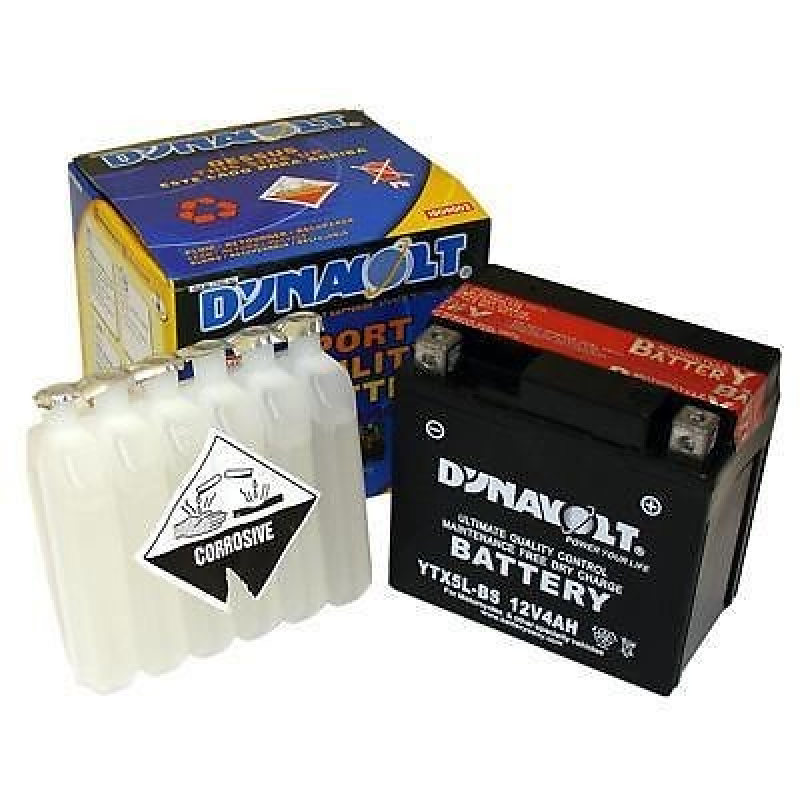 It is worth adding only that during the wintering of the battery in your home it is also worth recharging it 1-2 times in order to avoid excessive discharge. In the rest - go and do not worry, the battery will last as long as it should.
It is worth adding only that during the wintering of the battery in your home it is also worth recharging it 1-2 times in order to avoid excessive discharge. In the rest - go and do not worry, the battery will last as long as it should.
A battery with a larger capacity than the one supplied by the manufacturer may be needed in two cases. nine0009
1. Winter driving. It is in the cold that a few extra ampere-hours can provide the necessary starting current to start the engine.
2. For installing accessories. A larger battery may be needed if you are going to hang your bike with various electrical gadgets: a powerful sound system, lighting not provided for by the design, additional alarm, etc. For all this, the standard battery capacity may not be designed and you will have to choose a more expensive model. nine0009
Before purchasing a larger capacity battery, make sure there is room for it. The larger the battery, the more space it takes up.
The larger the battery, the more space it takes up.
Battery capacity AFFECTS:
1. Its size. The larger the capacity, the more space the battery takes up. This does not mean that batteries with the same capacity will all be the same size. Sometimes they differ in height or width, but this is already due to different manufacturer standards (see table above). nine0009
2. Its weight. The same situation. How much the weight of the battery increases, depending on its capacity, can also be seen in the table.
3. Inrush current. The larger the capacity of the battery, the more starting current it can give. The stronger the starting current, the larger the engine capacity that can serve the battery. And the more various additional devices you can place on it.
4. Battery life. nine0154 If your motorcycle's electricity consumption is 1 ampere per hour, then a battery with a capacity of 12 ampere hours will last 12 hours in offline mode.